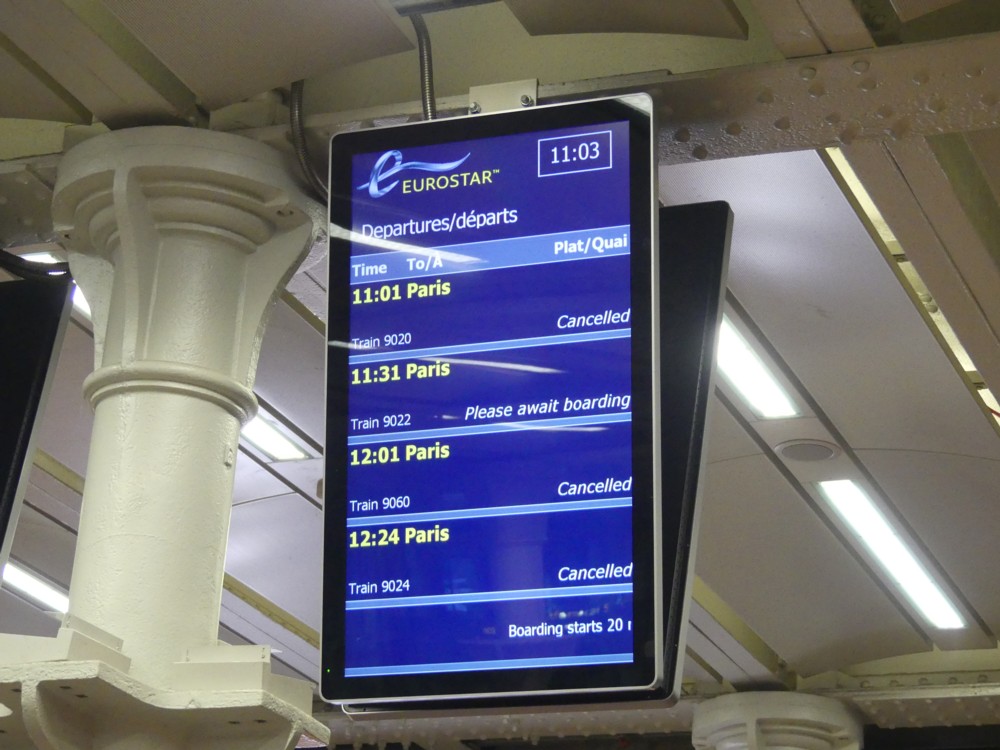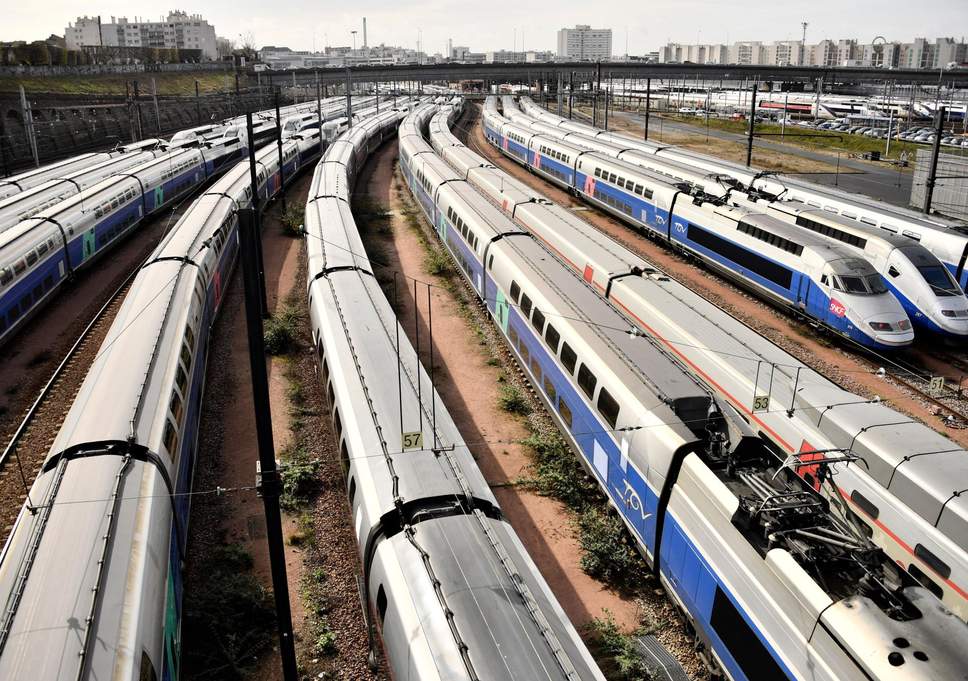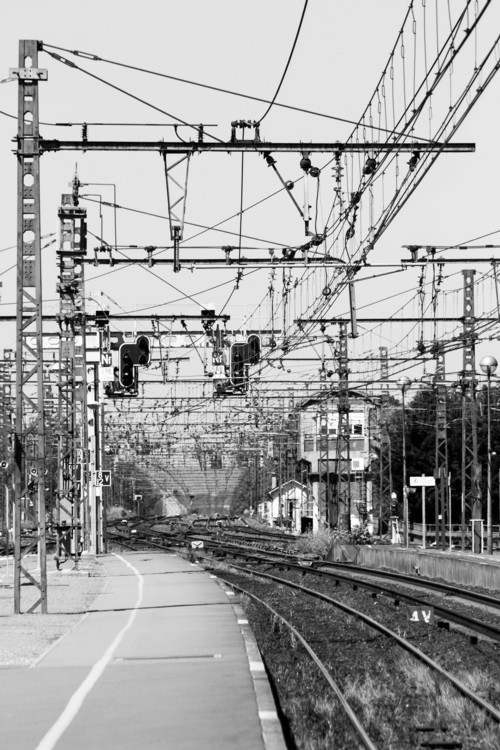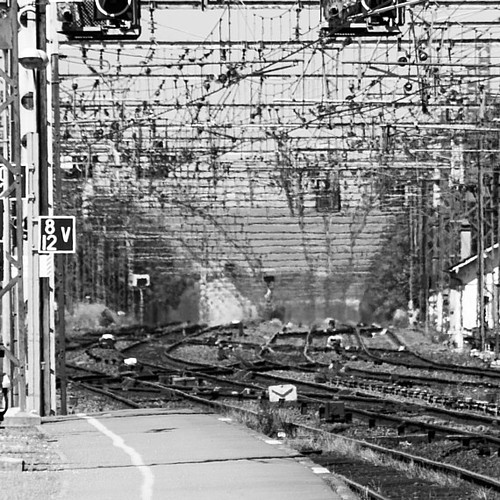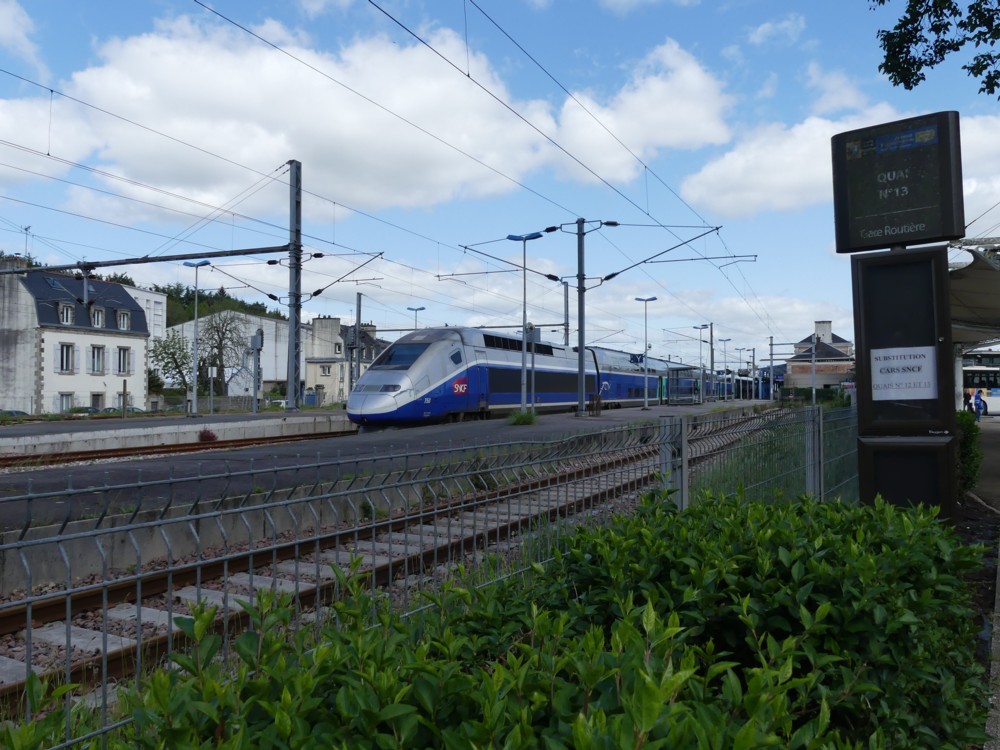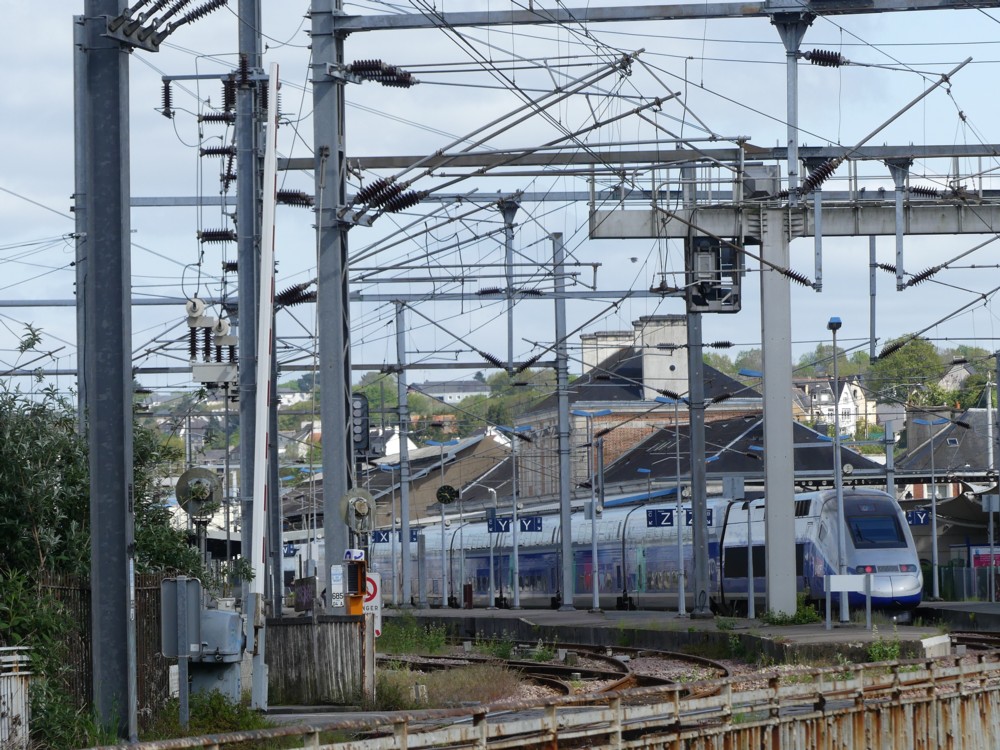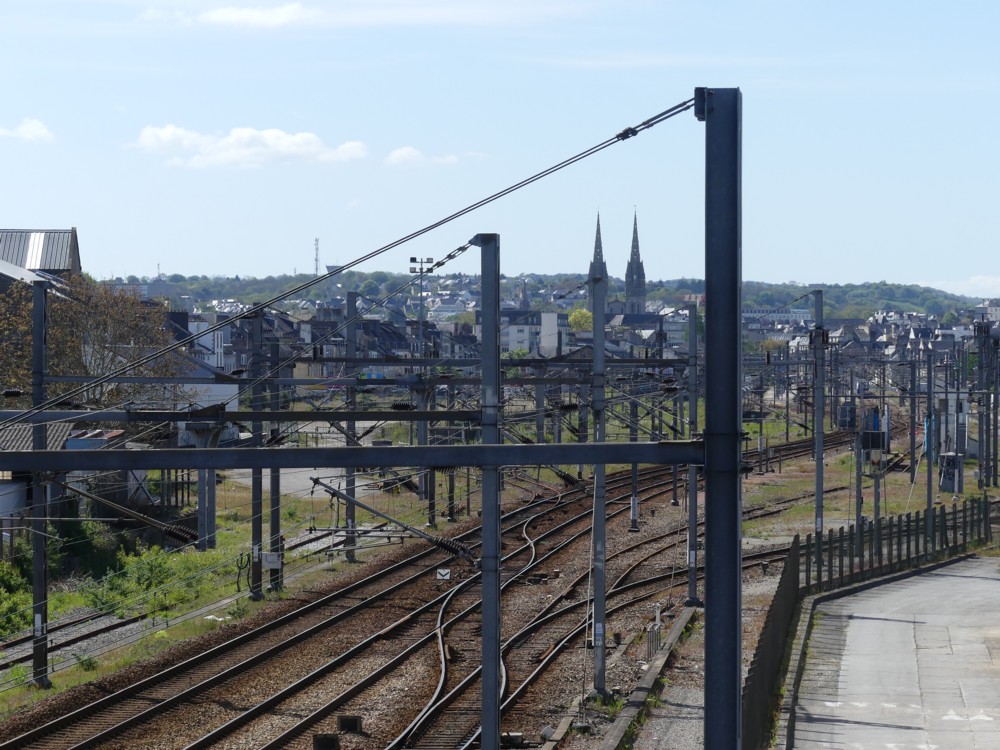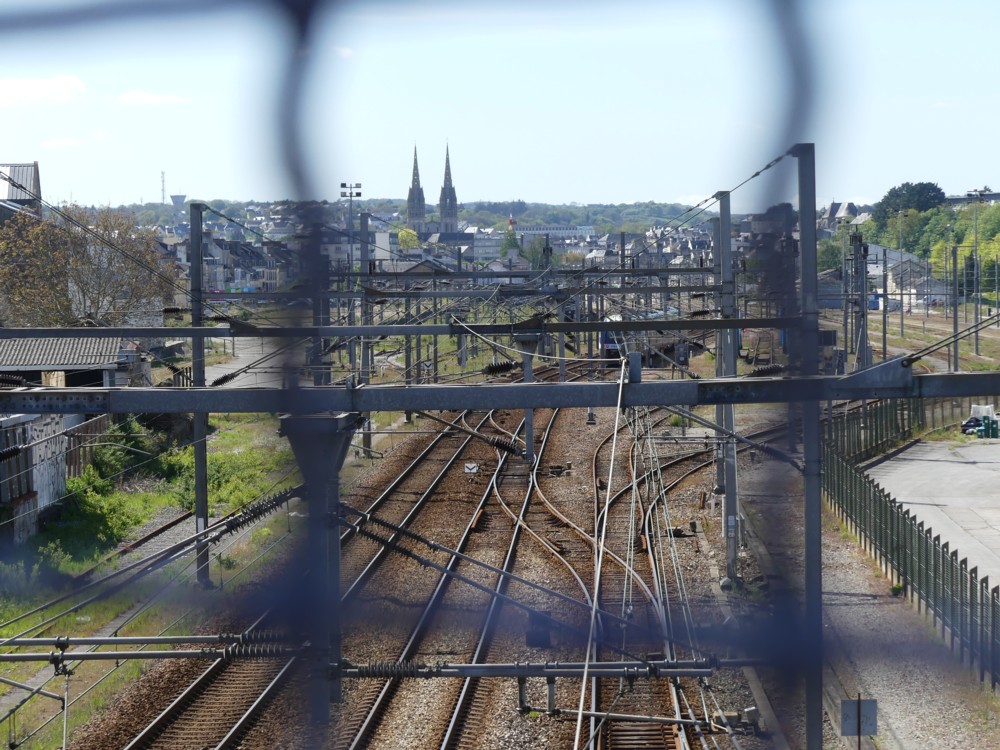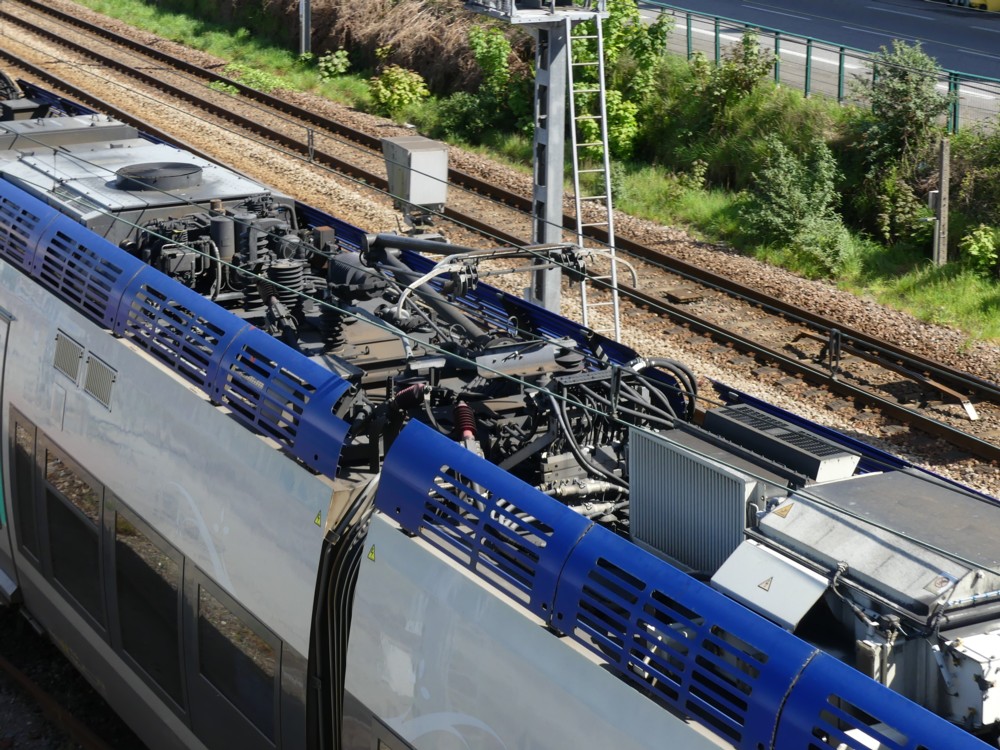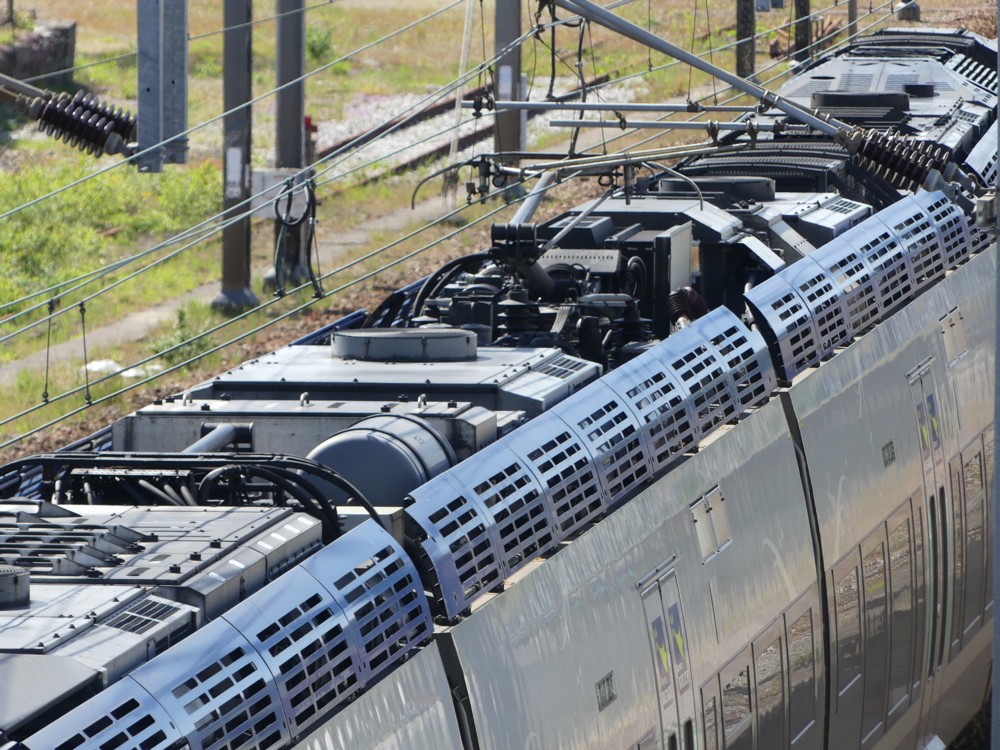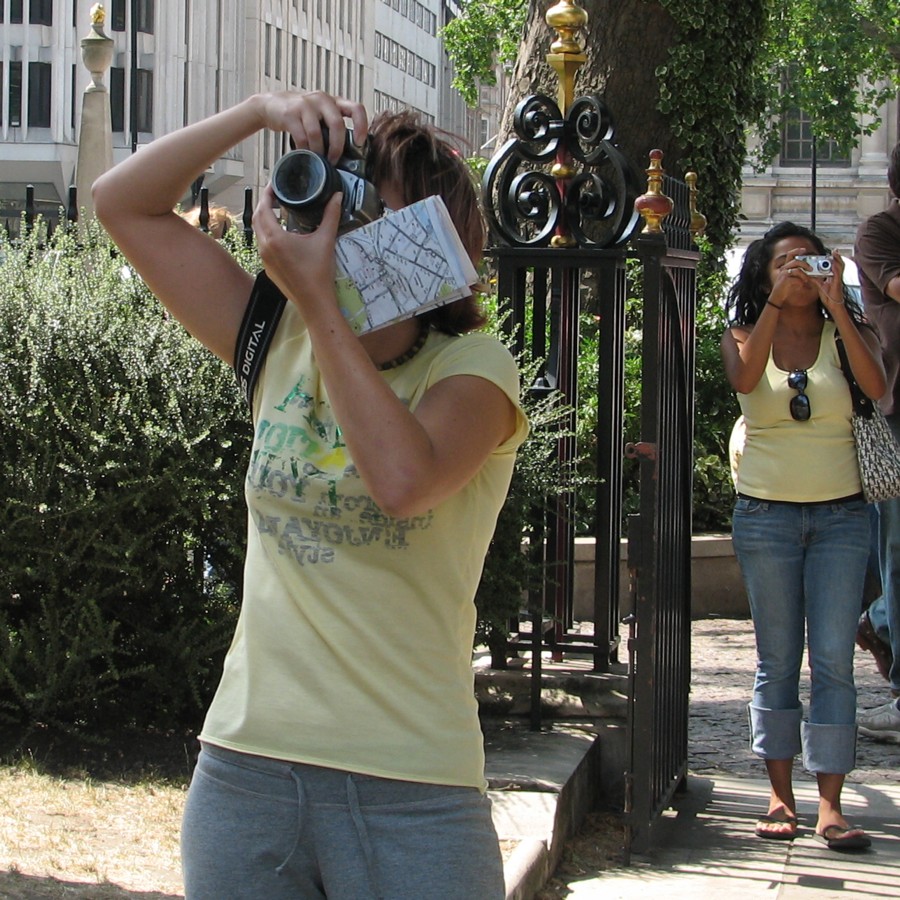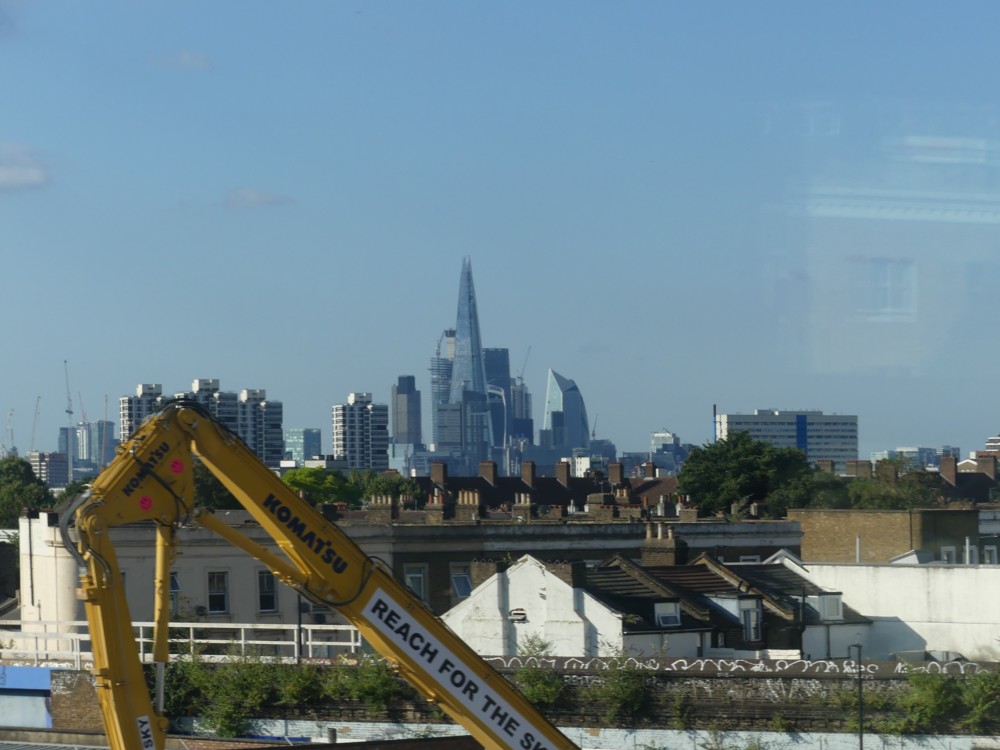The Daily Mail has the story:
Sony has revealed a radical new sensor chip that could dramatically improve your smartphone pictures.
Called the ‘IMX586 stacked CMOS image sensor’ it boasts 48 megapixels, yet measures just 8mm diagonally.
It is set to come to phones later this year, and could even appear in the next iPhone.
The rise of smartphone photography continues.
The Daily Mail had this story about a week ago, actually, but creativity news is not like regular news, and a week’s delay doesn’t really matter. Such developments happen slowly, and putting a date to them can be difficult. Unlike with regular news of the sort that newspapers clear their front pages to proclaim, which usually involves disaster erupting at a very particular moment. As for this gizmo, will it actually happen “later this year”? Maybe, maybe not. Either way, it, or something a lot like it, will happen in a few months time.
In other smartphone news, I have been looking, not very determinedly, for a smartphone with a big screen. One of the contenders is the Samsung Galaxy S9+. But in my experience, Samsung screens overheat. So I googled “samsung s9+ overheating” and immediately got a result. Apparently, Samsung are still presiding over overheating screens. I do not understand how such absurd behaviour can be to their advantage. Not all such screens overheat. Clearly, such nonsense is fixable. So why don’t they fix it?
Progress progresses, but not all capitalists are necessarily anything to do with the progress process.


